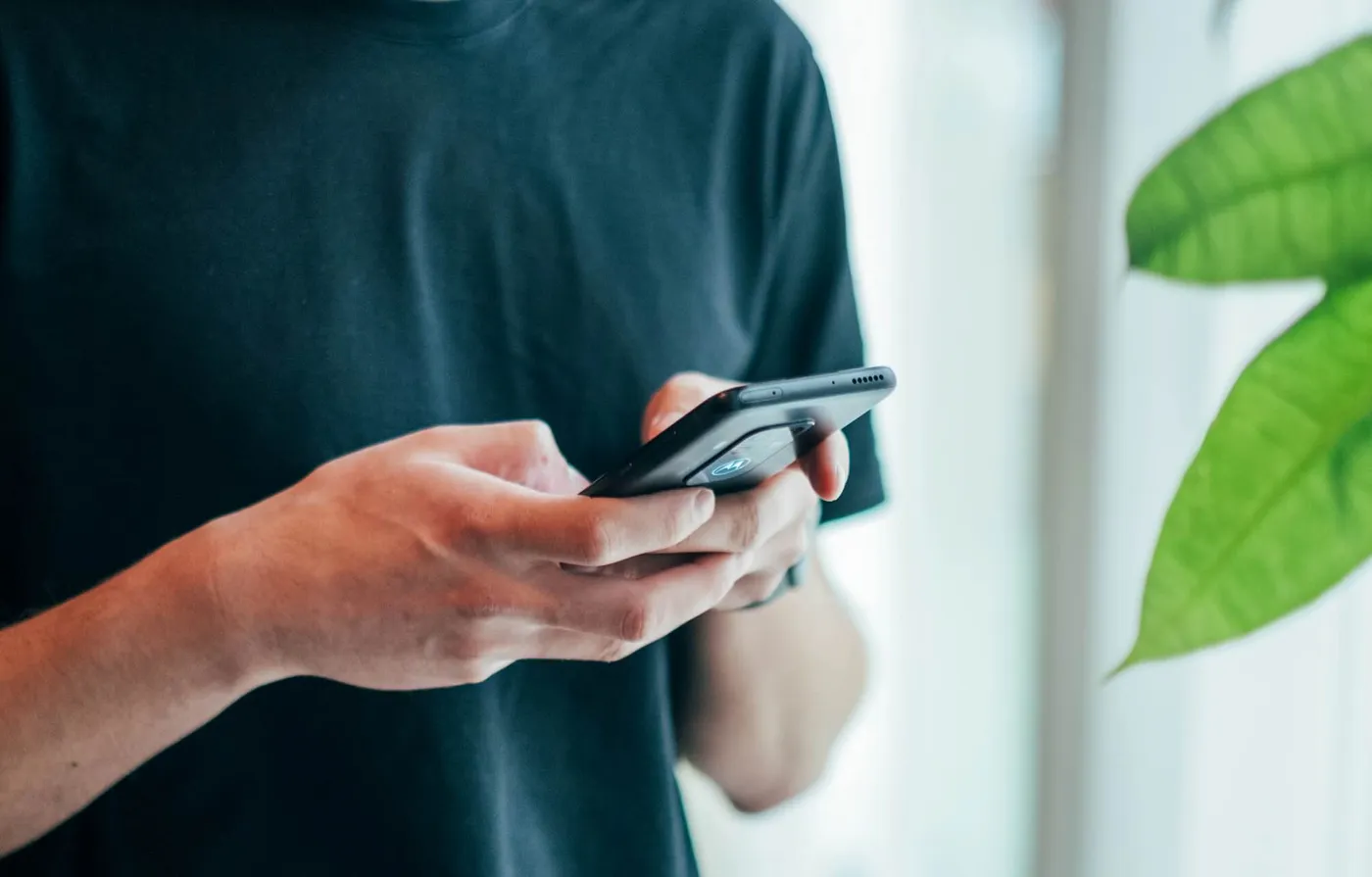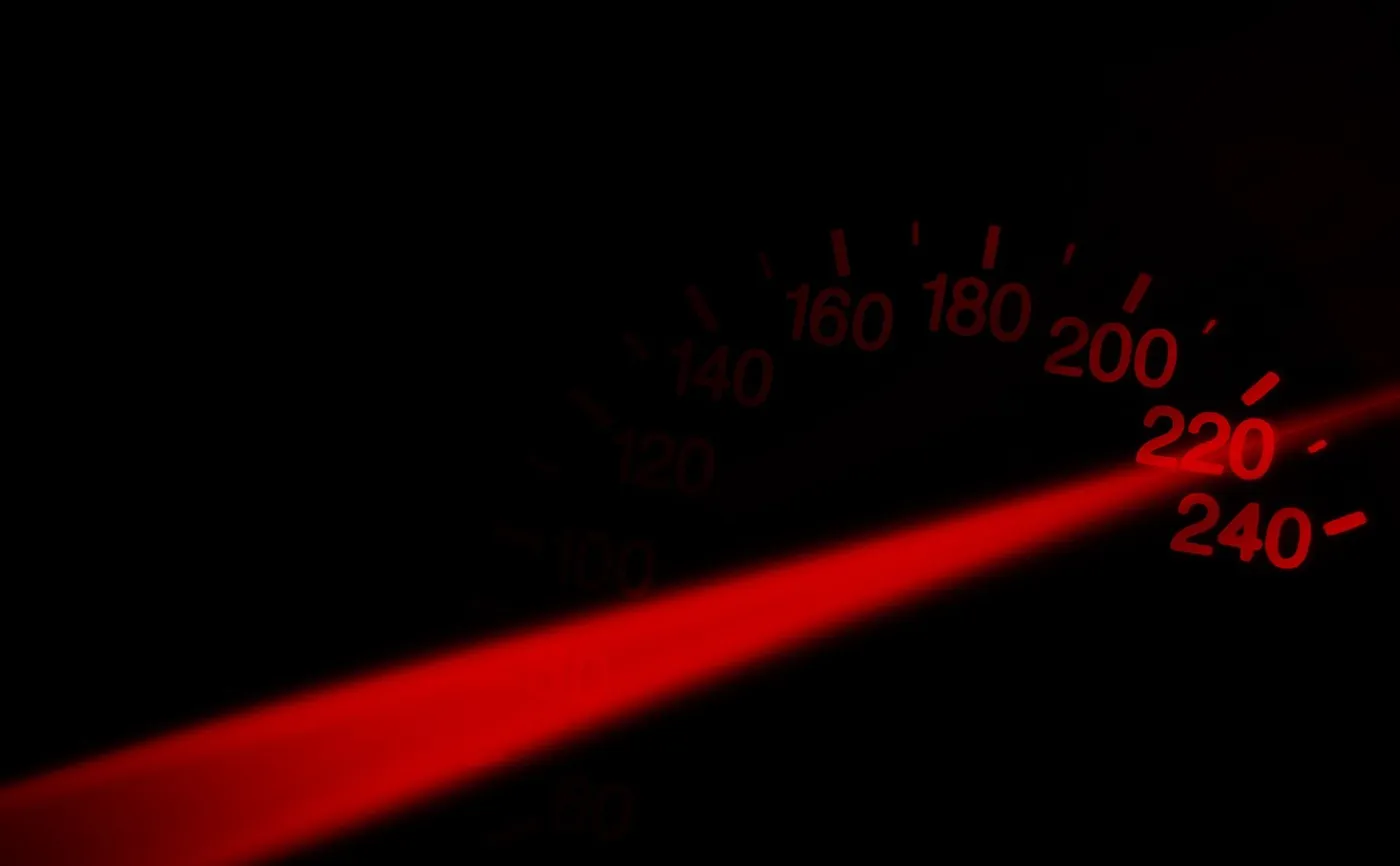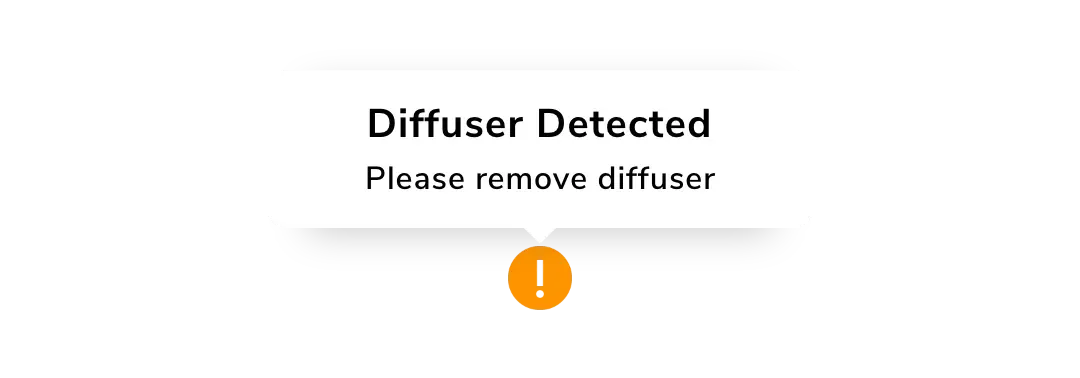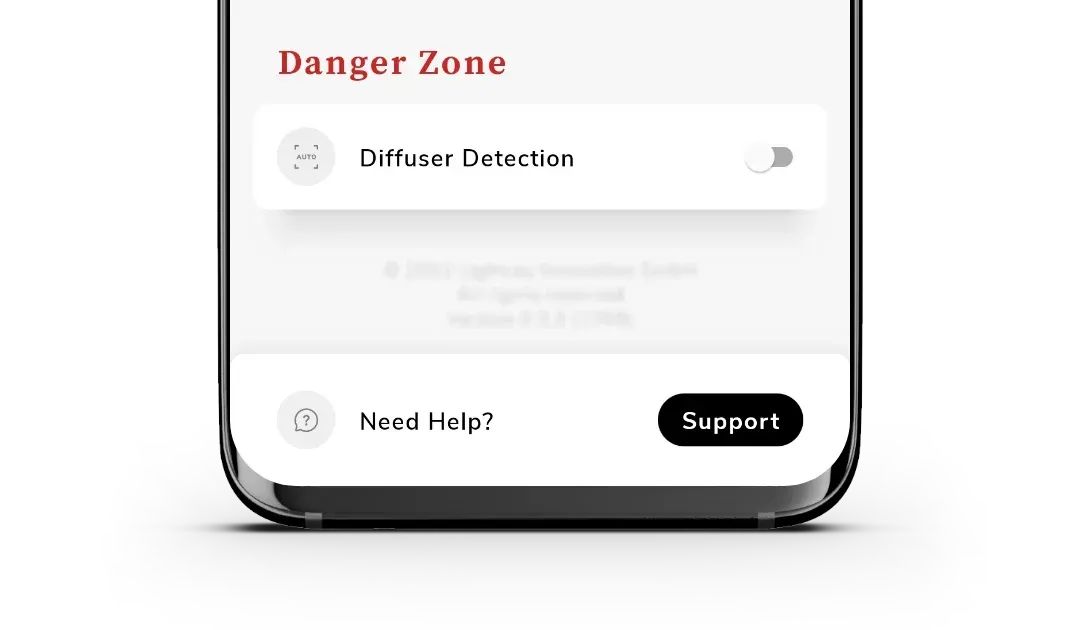
Auto-Translate
Fixing the Built-in Light Sensor’s (ALS) Limitation
A workaround to fix the built-in light sensor's (ALS) limitation

Your measurements won't go any higher even though the light is getting brighter or you’re moving closer to it? Most likely, your device's built-in light sensor has reached its limit and won’t measure more than this. Most sensors are designed to measure up to a certain limit (e.g. the speedometer of a car). The same applies to light sensors. For some use cases, that won’t be a problem, but if you measure high-intensity grow lights, this could be an issue.

A sensor that reaches a peak will affect only some, mainly lower-end, device models. There's no way to change the hardware of the sensor, but there is a workaround that still allows you to measure high light intensities. If you're affected by a limiting sensor, read along and follow the steps below to fix this issue.
Step 1: Apply a Diffuser
To block some of the light entering your device's built-in light sensor, apply a diffuser over the built-in light sensor. You can easily build a diffuser yourself in less than a minute by attaching a piece of printer paper to the top of your smartphone (the type or weight of the paper doesn't matter in this case).

Check out how we build a diffuser in our video:
Step 2: Disable the Diffuser Detection
Our app will recognize the attached paper strip and show you a "Remove Diffuser"-warning as measuring with the built-in light sensor usually shouldn't be done with a diffuser (a diffuser is required on some devices, but if you're following this guide, yours doesn't).

However, as you know what you're doing, you can disable the diffuser detection in the "Danger Zone" at the bottom of the settings screen. When disabled, no warning will be shown and you can use the diffuser without any issues.

Step 3: Calibrate
As some of the light is now blocked by the diffuser – which is a good thing as it allows your built-in light sensor to read higher – you must recalibrate your device to counteract the loss in light transmission by doing the following:
- Detach the previously built diffuser.
- Create stable lighting conditions in a range where your device's built-in light sensor doesn't hit its peak without the diffuser.
- Make sure the lamp is sufficiently warmed-up for the light output to stabilize (this may take a few minutes).
- Take a measurement and write it down as a reference.
- Reapply the diffuser and place your device at the exact same spot
- Perform a calibration using the setting "Light- / PAR-Meter" and input your previous measurement where it says "Your Meter's Reading". You may also use the video below as a guide.
- You've made it 🎉 You are able to measure higher PPFD, DLI, and illuminance levels with your device.
Still Having Issues?
If you're still experiencing issues with maximum measurements on your device, please contact our support so we can help you troubleshoot the issue.
